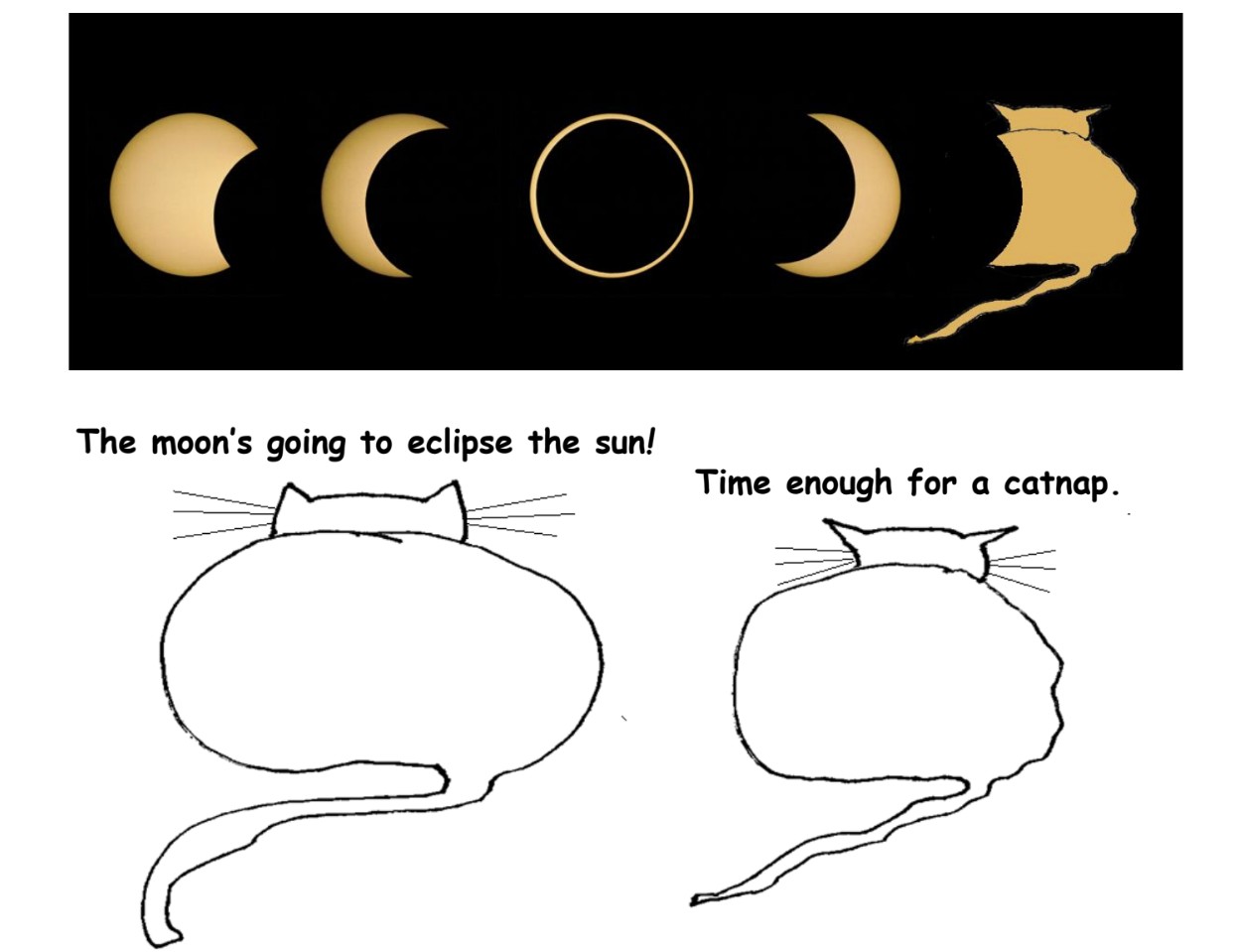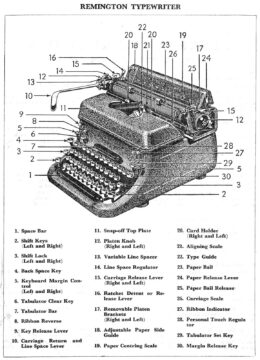NOTE: For the past six years, Joseph Shieber was a much-valued contributor here at 3QD. He wrote 73 essays for us which can be seen here. We are all saddened by his loss and wish to express our sympathy to his wife, Lesa, and his children, Samuel and Noa. This obituary is taken from here.
 Joseph H. Shieber, April 7, 2024 of Wallingford, PA. Beloved husband of Lesa Shieber; proud father of Samuel and Noa; loving son of Benjamin and Eileen Shieber; devoted brother of William (Rebecca) Shieber and Jonathan (Kathleen) Shieber.
Joseph H. Shieber, April 7, 2024 of Wallingford, PA. Beloved husband of Lesa Shieber; proud father of Samuel and Noa; loving son of Benjamin and Eileen Shieber; devoted brother of William (Rebecca) Shieber and Jonathan (Kathleen) Shieber.
Joseph (“Joe”) Shieber was a loving husband and father, beloved son and brother, and respected Professor at Lafayette College. But that brief description does not encompass Joe’s remarkable impact on everyone he met.
Joe grew up in Baton Rouge, Louisiana, within walking distance of LSU, where his dad, Professor Ben Shieber taught and his mom, Eileen Shieber, received her graduate degree. From the start, Joe was blessed with great intelligence, an even temperament, and a profound gift for friendship and love. Joe went to Yale College where he received his B.A. in Literature, while participating in the singing groups Tangled Up In Blue and the Whiffenpoofs. He then studied at the Free University in Berlin, where he received two Masters Degrees, in Mathematics and Philosophy, and Brown University, where he received a Ph.D. in Philosophy. His Brown graduation was blessed with a driving rain, and the Ph.D. recipients were forced to sit outside while an appropriate worthy person droned on with thoughts on how to lead a good life. Perhaps it was this experience which led to Joe’s research on effective (or ineffective) communications.
Joe then went off to teach Philosophy at Lafayette College. At the time of his death, Joe was the James Renwick Hogg Professor of Mental and Moral Philosophy, which is quite the mouthful. Joe was a beloved teacher and colleague. He was, by his fellow faculty’s account, the smartest and best-read philosopher in a department made up of smart and well-read philosophers. Philosophers are conditioned to make the first statement, the fastest statement, and the best statement. Joe was not that way. Joe always waited, giving respect to those who were speaking. He was decent, and his intellectual generosity was “really honest.” Read more »

 As the saying goes, if you believe only fascists guard borders, then you will ensure that only fascists will guard borders. The same principle applies to scientists working on nuclear weapons. If you believe that only Strangelovian warmongers work on nuclear weapons, you run the risk of ensuring that only such characters will do it.
As the saying goes, if you believe only fascists guard borders, then you will ensure that only fascists will guard borders. The same principle applies to scientists working on nuclear weapons. If you believe that only Strangelovian warmongers work on nuclear weapons, you run the risk of ensuring that only such characters will do it.

 A new study has revealed a troubling development in the state of Maryland: while murder rates fluctuated between 2005 and 2017—first trending downward, then increasing for a few years—the homicides recorded during that period have grown steadily more violent the entire time.
A new study has revealed a troubling development in the state of Maryland: while murder rates fluctuated between 2005 and 2017—first trending downward, then increasing for a few years—the homicides recorded during that period have grown steadily more violent the entire time.
 Consider again the wooden desk. It was once part of a tree, like the ones outside your window. It became a bit of furniture though a long process of growth, cutting, shaping buying and selling until it got to you. You sit before it as it has a use – a use value – but it was made, not to give you a platform for your coffee or laptop, but in order to make a profit: it has an exchange value, and so had a price. It is a commodity, the product of an entire economic system, capitalism, that got it to you. Someone laboured to make it and someone else, probably, profited by its sale. It has a history, a backstory.
Consider again the wooden desk. It was once part of a tree, like the ones outside your window. It became a bit of furniture though a long process of growth, cutting, shaping buying and selling until it got to you. You sit before it as it has a use – a use value – but it was made, not to give you a platform for your coffee or laptop, but in order to make a profit: it has an exchange value, and so had a price. It is a commodity, the product of an entire economic system, capitalism, that got it to you. Someone laboured to make it and someone else, probably, profited by its sale. It has a history, a backstory. All of this is the case, but none of it simply appears to the senses. Capitalism itself isn’t a thing, but that doesn’t make it less real. The idea that all that there really is amounts to things you can bump into or drop on your foot is the ‘common sense’ that operates as the ideology of everyday life: “this is your world and these are the facts”. But really, nothing is like that: there are no isolated facts, but rather a complex, twisted web of mediations: connections and negations that transform over time.
All of this is the case, but none of it simply appears to the senses. Capitalism itself isn’t a thing, but that doesn’t make it less real. The idea that all that there really is amounts to things you can bump into or drop on your foot is the ‘common sense’ that operates as the ideology of everyday life: “this is your world and these are the facts”. But really, nothing is like that: there are no isolated facts, but rather a complex, twisted web of mediations: connections and negations that transform over time.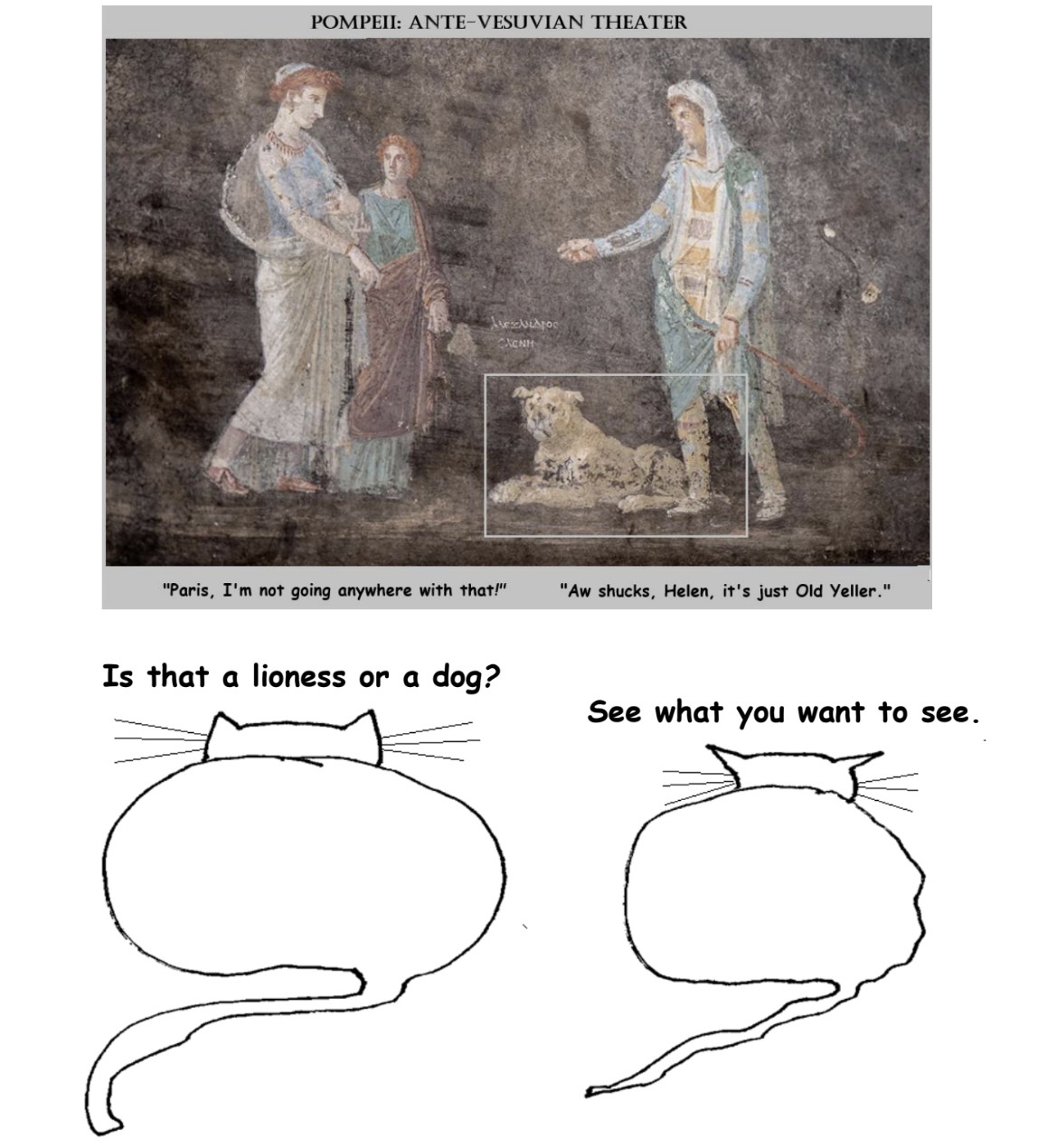

 Is there such a thing as tasting expertise that, if mastered, would help us enjoy a dish or a meal? It isn’t obvious such expertise has been identified.
Is there such a thing as tasting expertise that, if mastered, would help us enjoy a dish or a meal? It isn’t obvious such expertise has been identified.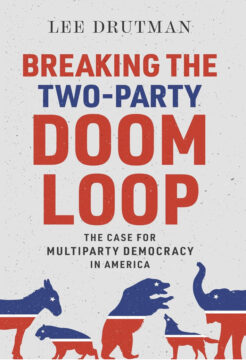 It’s a book about how our political system fell into this downward spiral—a doom loop of toxic politics. It’s a story that requires thinking big—about the nature of political conflict, about broad changes in American society over many decades, and, most of all, about the failures of our political institutions. (2)
It’s a book about how our political system fell into this downward spiral—a doom loop of toxic politics. It’s a story that requires thinking big—about the nature of political conflict, about broad changes in American society over many decades, and, most of all, about the failures of our political institutions. (2) I’m writing this 37,000 feet above Vestmannaeyjar, a chain of islands off Iceland’s south coast. Or so the screen tells me – I can’t see the view because I’m wedged into 38E, a middle seat at the back near the loos.
I’m writing this 37,000 feet above Vestmannaeyjar, a chain of islands off Iceland’s south coast. Or so the screen tells me – I can’t see the view because I’m wedged into 38E, a middle seat at the back near the loos. 
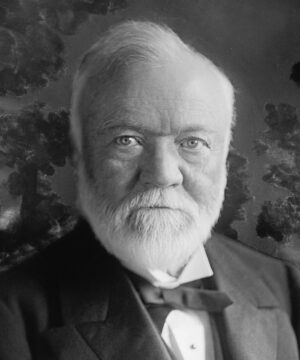
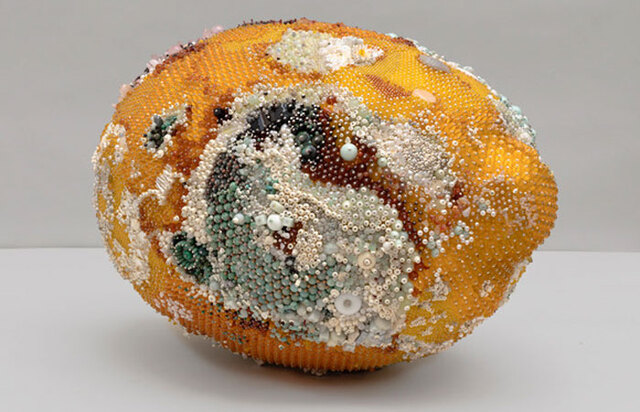 Kathleen Ryan. Bad Lemon (Creep), 2019.
Kathleen Ryan. Bad Lemon (Creep), 2019.
